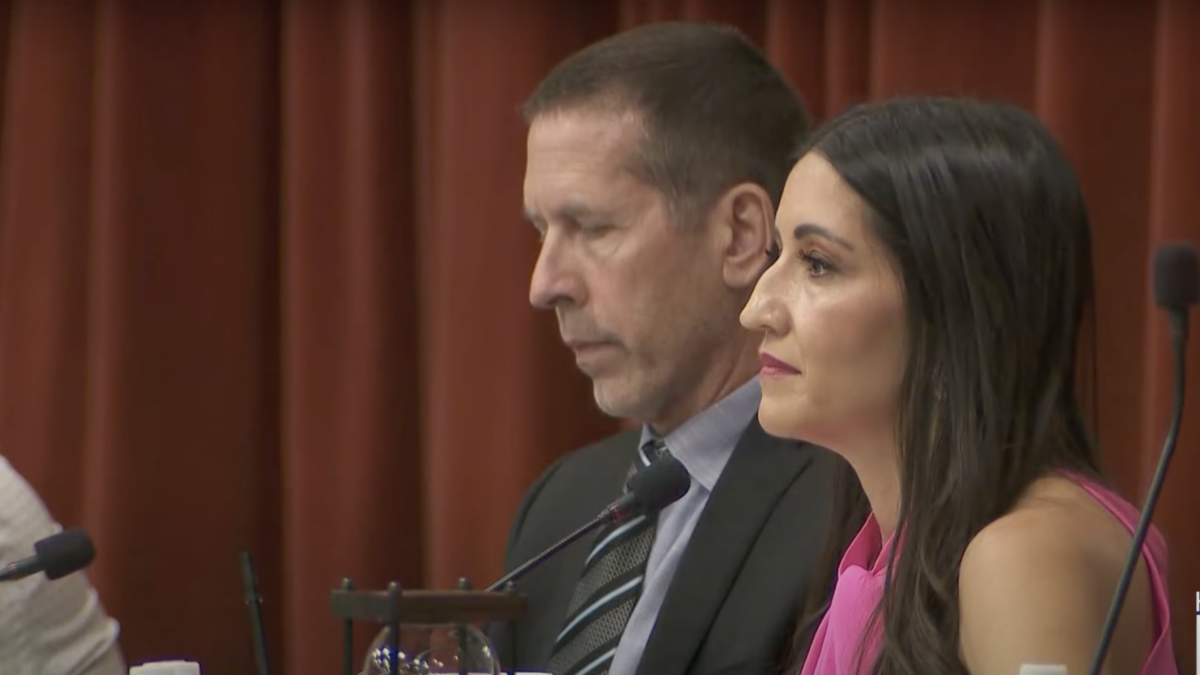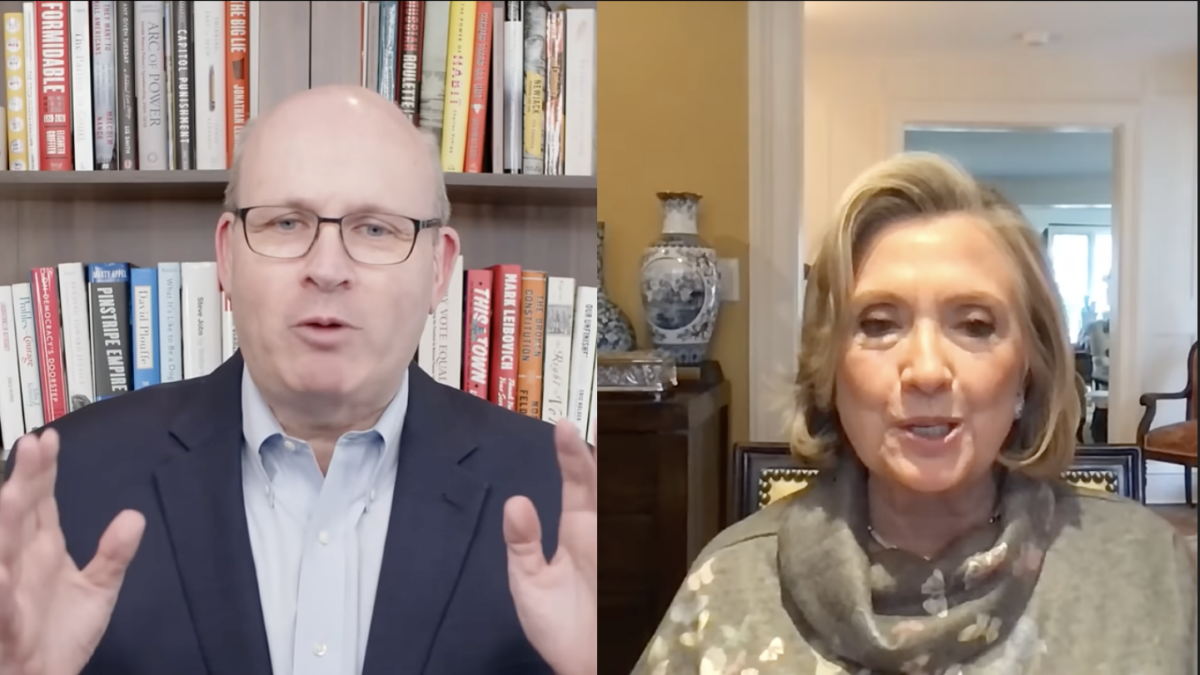The members of the Election Integrity Partnership and Virality Project conspired with government actors to censor speech at Big Tech companies in violation of the First Amendment, a class-action lawsuit filed on Tuesday alleges. The case, Hines v. Stamos, promises to blow open the Censorship-Industrial Complex.
Jim Hoft, founder of The Gateway Pundit, and Jill Hines, the co-director of Health Freedom Louisiana, a consumer and human rights advocacy organization, filed suit earlier today in a federal court in Louisiana against the organizations and individuals behind the Election Integrity Partnership (EIP) and Virality Project, seeking to represent a class of similarly situated plaintiffs. The 88-page complaint alleged four claims against the defendants, all of whom held roles in the EIP and Virality Project’s efforts to censor the plaintiffs’ speech.
According to its website, the Election Integrity Partnership was formed in 2020 “between four of the nation’s leading institutions focused on understanding misinformation and disinformation in the social media landscape: the Stanford Internet Observatory, the University of Washington’s Center for an Informed Public, Graphika, and the Atlantic Council’s Digital Forensic Research Lab.” Then, in early 2021, the same four entities expanded their focus to address supposed Covid-19 “misinformation” on social media, calling the efforts the “Virality Project.”
The class-action lawsuit named as defendants Stanford Internet Observatory as well as the Leland Stanford Junior University and its board of trustees, the latter two of which are allegedly legally responsible for the observatory’s conduct. The complaint also named Alex Stamos, the director of the Stanford Internet Observatory, and Renée DiResta, its research manager. Plaintiffs also sued the Atlantic Council, the group’s Digital Forensic Research Lab, and the lab’s senior director, Graham Brookie, who is alleged to have played a “leading role in the censorship activities.”
The Allegations
Over the course of the nearly 90-page complaint, the plaintiffs alleged the defendants caused the censorship of Hines, Hoft, and other similarly situated individuals, based on their viewpoints related to the 2020 election and Covid-19. Significantly, the complaint also detailed the extensive connections between, and involvement with, the government and the individual defendants and private entities.
Those allegations indicate government actors helped coordinate the establishment of the EIP, funded its activities, and fed it complaints of supposed election and Covid disinformation and misinformation that the EIP then forwarded to the social media companies for censorship. The complaint also alleged the defendants viewed the EIP as a way to skirt the First Amendment and do for the government what the Constitution prohibited the government from doing for itself: censor speech.
Based on these allegations, the plaintiffs alleged in count one that the defendants conspired to violate the First Amendment. Count two alleged the defendants, while not government employees, were nonetheless acting “under color of State law,” and as such violated the First Amendment. The class-action complaint added two more state law claims, one based on the defendants’ alleged interference with the plaintiffs’ contractual and business relationships. The final claim alleged the defendants intentionally breached the duty they owed the plaintiffs “not to interfere unlawfully with their freedom, rights, and ability to speak, write, listen, read, and communicate freely on social media with others.”
What This Means for the Censors
While it is early days, Tuesday’s lawsuit proves promising for several reasons. First, the detailed allegations, which include the words of the defendants themselves, establish multiple connections among the government, the EIP, and the Virality Project, providing a solid basis for the First Amendment claims.
Second, attorney John Sauer is one of the plaintiffs’ named attorneys and has already cut his teeth in the Missouri v. Biden lawsuit against the government defendants who coordinated with the social media companies to censor speech. Most prominently, Sauer represents many of the plaintiffs in that case and deposed, among others, Elvis Chan, the FBI agent who coordinated many of the government’s censorship efforts.
Further, this class-action lawsuit was filed in the same court as the Missouri v. Biden lawsuit, the Western District of Louisiana, Monroe Division, which is where Hines resides. There is only one active federal judge in the Monroe Division — Trump appointee Terry A. Doughty — so it is likely the case will be assigned to him.
Judge Doughty’s handling of the Missouri v. Biden case suggests he will allow the plaintiffs in Hines v. Stamos to obtain some initial discovery before considering any motion by the defendants to dismiss the lawsuit. Similarly, it seems likely that, after the initial discovery, Doughty will deny a motion to dismiss just as he did in the Missouri v. Biden case, which will then allow full discovery.
That’s when things will become really interesting. But Tuesday is the first step to getting there.









